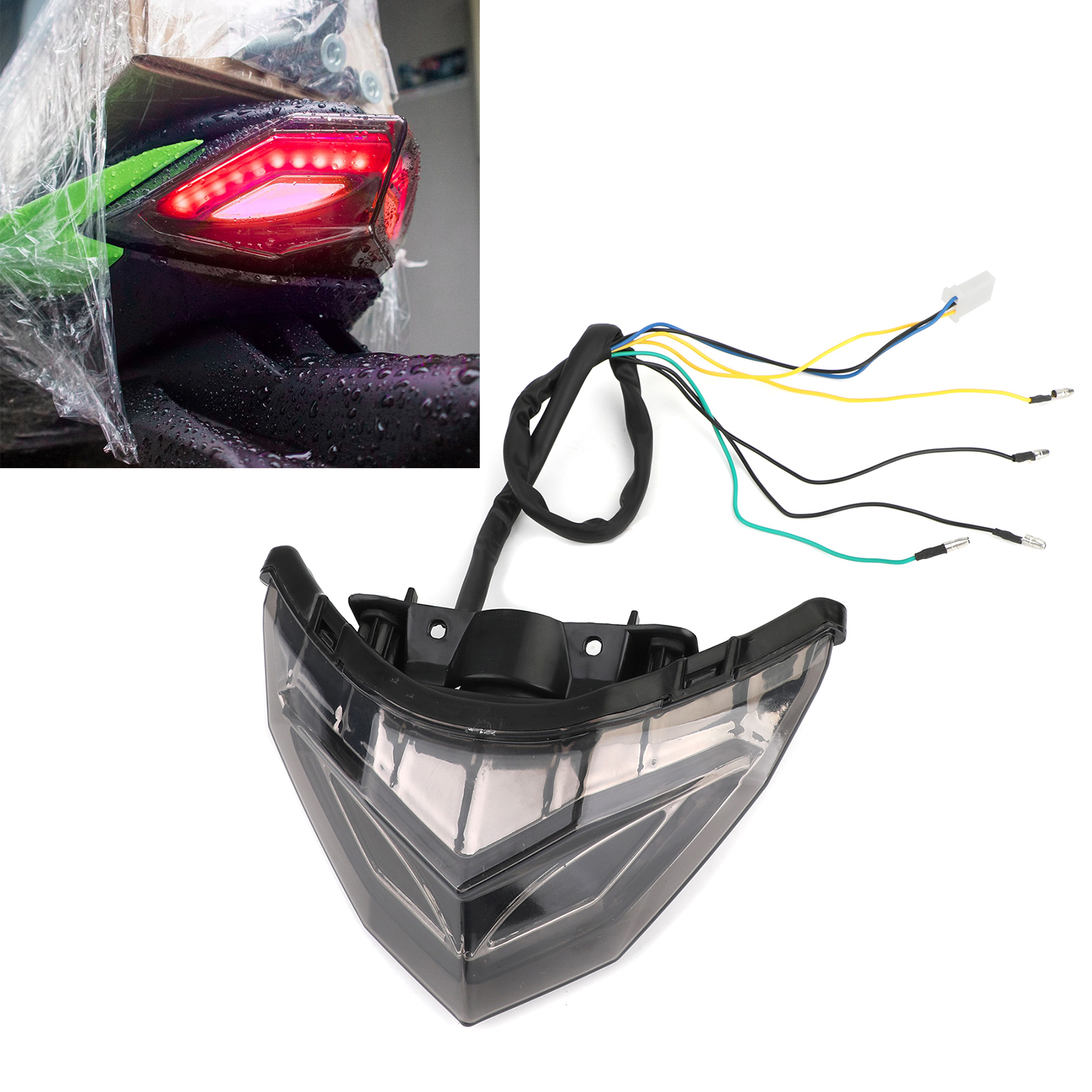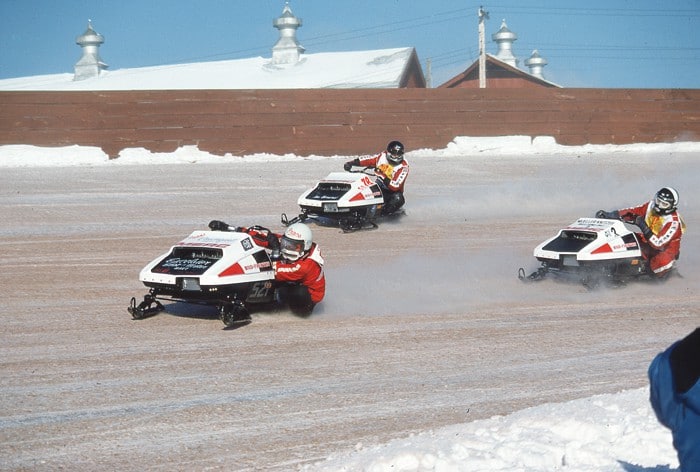

Up North Sports can help you prepare for unexpected mechanical issues, on the trail and off.Despite that a snowmobile is well beyond its youth if it shows 3,000 miles on the odometer, with regular inspections and service it can perform as reliably and as well as it did when it was new. Remember, just like your automobile or truck, it’s not just the performance of the vehicle at stake-it’s a matter of personal safety. Just like mechanics who work on automobiles or boats, snowmobile mechanics specialize in the component systems that keep the snowmobile in good working order.
#HOW TO TELL IF DRIVE GEARS ARE WORN ON A POLARIS INDY 440 PROFESSIONAL#
While you can certainly tackle some of these problems yourself, it’s better to seek the help of a snowmobile professional if you’re unsure. If your snowmobile belt fails due to disintegration, glazing, hour glassing, or it breaks either partially or completely, your snowmobile will be rendered inoperable until this drive belt system is replaced. If you are experiencing trouble with your drive belt, you’re certainly going to notice it - you’ll either feel it or hear it. If you find the compression in one or all cylinders is low, the problem could be scored cylinders or pistons, a damaged crank seal, piston rings that are worn out, or a defective head gasket. You also want to make sure the compression is equal in all cylinders.


Anything below 110 could signal a potential issue, and an engine typically won’t run with much less than 100 psi compression. The optimal compression is 120 psi (pounds per square inch) or greater. This video provides a good, quick tutorial on conducting compression testing. In this case, you want to perform a compression test on each cylinder in your machine’s engine. If your snowmobile is not as powerful as it once was or isn’t running at all and you’ve ruled out the other causes above, low compression could be the culprit. Check the coils and wires, plug caps, the regulator, and the charging discharge ignition box. If the spark plugs are working, or you’ve replaced them but the engine will still not turn over, there may be a problem with the electrical system. If a spark isn’t visible or seems weak, it’s a good indication that your plugs need to be changed. Spark plugs can be tested by removing them and grounding them on a head bolt so that when the engine is turned over a spark is visible. In extreme cases, where the combustion chamber is not receiving any fuel at all, you may be facing either having the carburetor cleaned or even rebuilt. This is common when the snowmobile has not been run for a while and can sometimes be corrected with the proper use of a carburetor cleaner and/or starter fluid. On the opposite end of the spectrum are fuel lines and a carburetor that have dried out.

If there’s fuel in the tank, but it’s leftover from last winter, drain it and replace it with fresh gas. Did you accidentally hit the emergency off switch? Does your sled have gas? These may sound silly, but think about how many times you’ve had trouble getting something electrical to work only to discover you forgot to plug it in! Easy Fixesīefore you start tearing your sled apart, make sure it’s not something simple causing the trouble. With a little know-how, though, you can quickly resolve the problem and get back out on the trails. But when your sled stops performing well (or at all), that dream can quickly become a nightmare. For those who live for the cold and snow, a snowmobile is a dream machine.


 0 kommentar(er)
0 kommentar(er)
